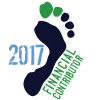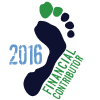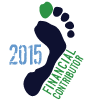Am a bit discouraged... seems the problem with BFR is self-regulating,
I got all gung ho this weekend and ran 5 miles, was busy congratulating
myself on no blisters or other obvious damage afterwards (this was on
Saturday)... well, over the last day and a half its become clear that I've
now strained my right arch (is that plantar?), so I'm hobbling around at
work today. Not sure how bad this strain is or how long it will take to heal...
It must be that I'm getting older (57), ... sigh
I got all gung ho this weekend and ran 5 miles, was busy congratulating
myself on no blisters or other obvious damage afterwards (this was on
Saturday)... well, over the last day and a half its become clear that I've
now strained my right arch (is that plantar?), so I'm hobbling around at
work today. Not sure how bad this strain is or how long it will take to heal...
It must be that I'm getting older (57), ... sigh





























